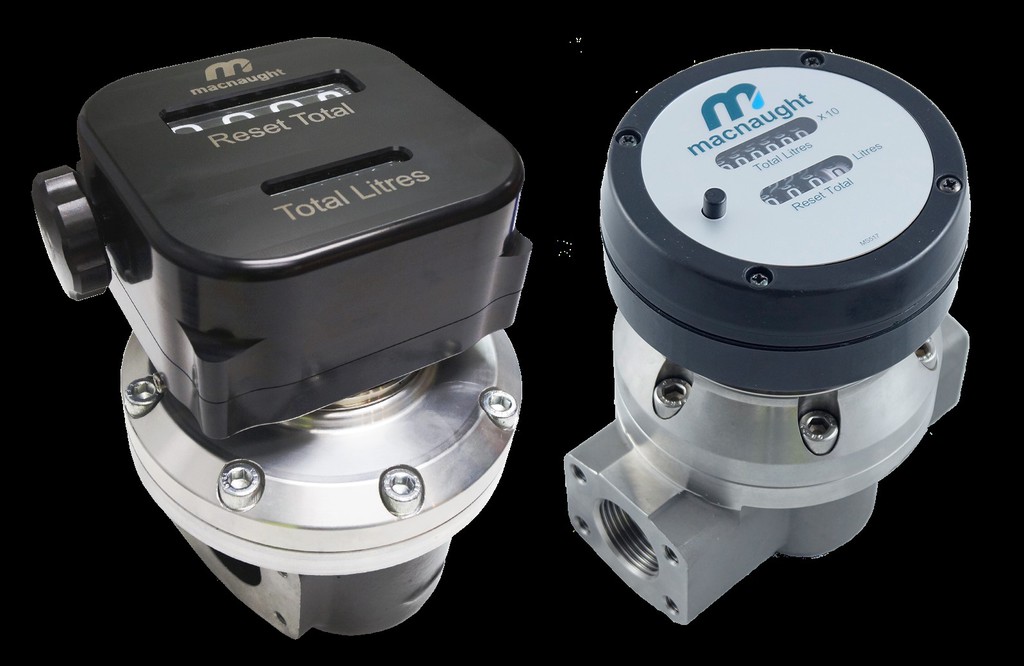

|
Edward Lowton
Editor |


|
| Home> | Plant, Process & Control | >Sensors and instrumentation | >Oval gear flow meters |
Oval gear flow meters
10 February 2017
After 40 years of manufacturing in Sydney, Macnaught, decided last year to stop production of its M-Series mechanical display flow meters in favour of digital models. However, following distributor feedback and resurgence in customer demand, this decision has now been reversed.

Oval gear meters are one of the most versatile principles of flow measurement, with their ability to accurately meter a broad range of low to high viscosity fluids without the need for flow conditioning. Incorporating this special oval rotor principle into its design has enabled MacNaught's M-Series positive displacement flow meters to offer reliability and high levels of accuracy and repeatability.
Including a rugged design that minimises the number of wearable and replaceable parts and extends product life, easily fitted and operated mechanical registers, flexibility of installation options; meters can be mounted horizontally or vertically without flow conditioning and they exert minimal pressure drop allowing for economical pump selection or gravity flow applications.
With moving parts inside the meter body limited to a pair of oval gear rotors, maintenance is minimal. M-Series can be quickly and easily disassembled, serviced and reassembled whilst still in the line without the need for special tools or training.
The M-Series range covers sizes from ½ to 4in with flow rates from 2 to 1200L/M and an accuracy reading of ±0.5%. A choice of construction materials ensures effective use in industrial applications with a wide range of fluid viscosities.

















